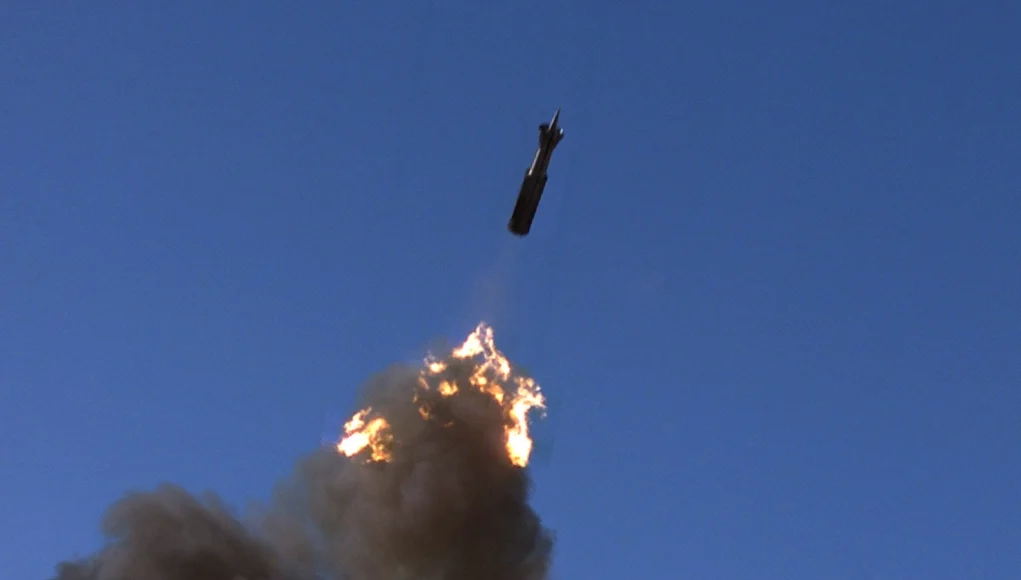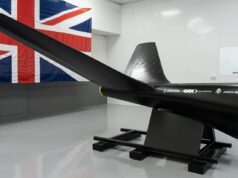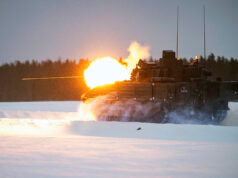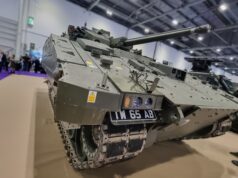BAE Systems and the U.S. Army Combat Capabilities Development Command Armaments Centre (DEVCOM AC) have successfully test-fired the company’s new Scorpio-XR extended-range artillery projectile from a 155mm howitzer, according to the company.
The tests, conducted with 155mm 52-calibre Joint Ballistics Memorandum of Understanding howitzers, reportedly saw several rounds exceed performance objectives by guiding accurately to and striking their targets.
BAE Systems said the results confirmed the projectile’s compatibility with existing NATO-standard artillery systems.
“We continue to push the boundaries of precision in long-range artillery systems and will continue to build on this success and explore the full potential of how this technology will impact the future of artillery systems,” said Jason Casciotti, programme director for Combat Systems Development at BAE Systems. “The successful demonstration of the Scorpio-XR rounds is a major achievement for the program, and we’re proud of the progress we’ve made.”
According to BAE Systems, the Scorpio-XR, previously designated the very easy to remember XM1155-SC, is designed to provide precision strike capability at ranges more than double those of current 155mm artillery munitions. The company stated that when paired with advanced sensor systems, the projectile will improve lethality and accuracy for division-level artillery in contested environments.
The recent demonstration marks a key milestone in the programme, which aims to advance guided-projectile technology and deliver long-range precision fires for the U.S. Army. BAE Systems said Scorpio-XR has previously guided to and engaged targets at record-setting distances from a range of artillery platforms, from 39-calibre to 58-calibre guns.














“previously designated the very easy to remember XM1155-SC”
Do I detect some sarcasm there? 😆
Shoot! That’s my password.
From what I’ve understood, the Scorpio-XR is a sub-calibre shell based on the hyper-velocity projectile development and technology. Which can give it a range over 70km (44 miles), when fired from the longer 58 calibre barrels.
Thanks Davey I noticed no one in the article seemed to want to quote a range even loosely, even though there must be some evidence of it around.
Hopefully the Russians will soon be reporting the range from actual experience…
Looks like a discarding sabot round with a 105mm shell in it. If so maybe they could find a few old 127mm rounds stored somewhere and try it too.
Cost is key. Several long range guided ammunition types exist, some are even in production, but the current costs are unsupportable.
And able to mass produce.
Current 155mm ammo production is still below targets set 3 years ago.
Perhaps complemented by General Atomics LRMP? (Google it as I don’t seem able to post a link)
“General Atomics Advances Artillery Modernization with LRMP Testing
SAN DIEGO, Calif. — Oct. 13, 2025 — General Atomics Electromagnetic Systems (GA-EMS) announced the successful test of its Long Range Maneuvering Projectile (LRMP) at the U.S. Army Yuma Proving Ground, achieving key flight milestones when fired from a M777 howitzer platform. During the August test, GA-EMS fired multiple LRMP rounds using M231 powder charges, demonstrating sabot separation, de-spin stabilization, wing deployment and controlled descent.
The LRMP is a next-generation munition engineered to extend the range and precision of existing 155mm artillery systems. Equipped with deployable aerodynamic control surfaces and onboard guidance, it can actively maneuver in flight to engage targets at extended distances—even in GPS-denied or degraded environments. Recent test flights matched predictive models and yielded valuable data to support upcoming demonstrations at significantly increased ranges.”
It’s a interesting concept. General Atomics (GA) are claiming it can reach 2 to 3 times further than a conventional shell, where one publication said around 120km (75 miles). Which makes it nearly competitive with Nammo’s ramjet shell at 150km (93 miles). I think the main difference is the GA projectile may contain a larger explosive charge than Nammo’s ramjet projectile. What a lot of images of the LRMP show, are very thin wings with a fairly high aspect ratio. So designed to help provide lift to prolong the projectile’s flight. But looking at the tail of the projectile. There is a hole that looks reminiscent of either a bleed air system or rocket assistance. None of the GA blurb say what the hole is for?
The round is guided and may include base bleed for that ER? So, I wonder how much space is left for the explosives….and how much the rounds cost? Could an army afford that many?